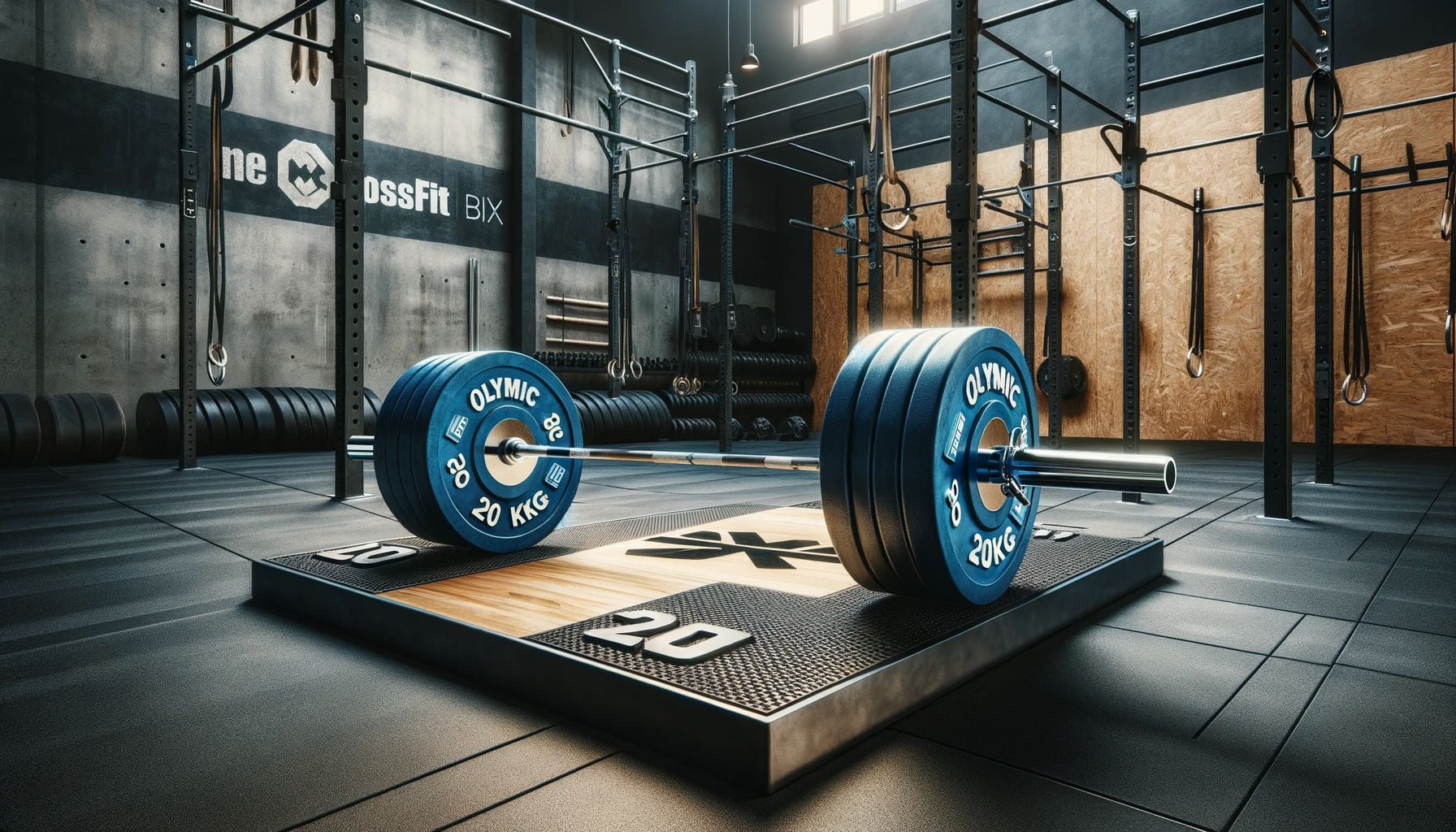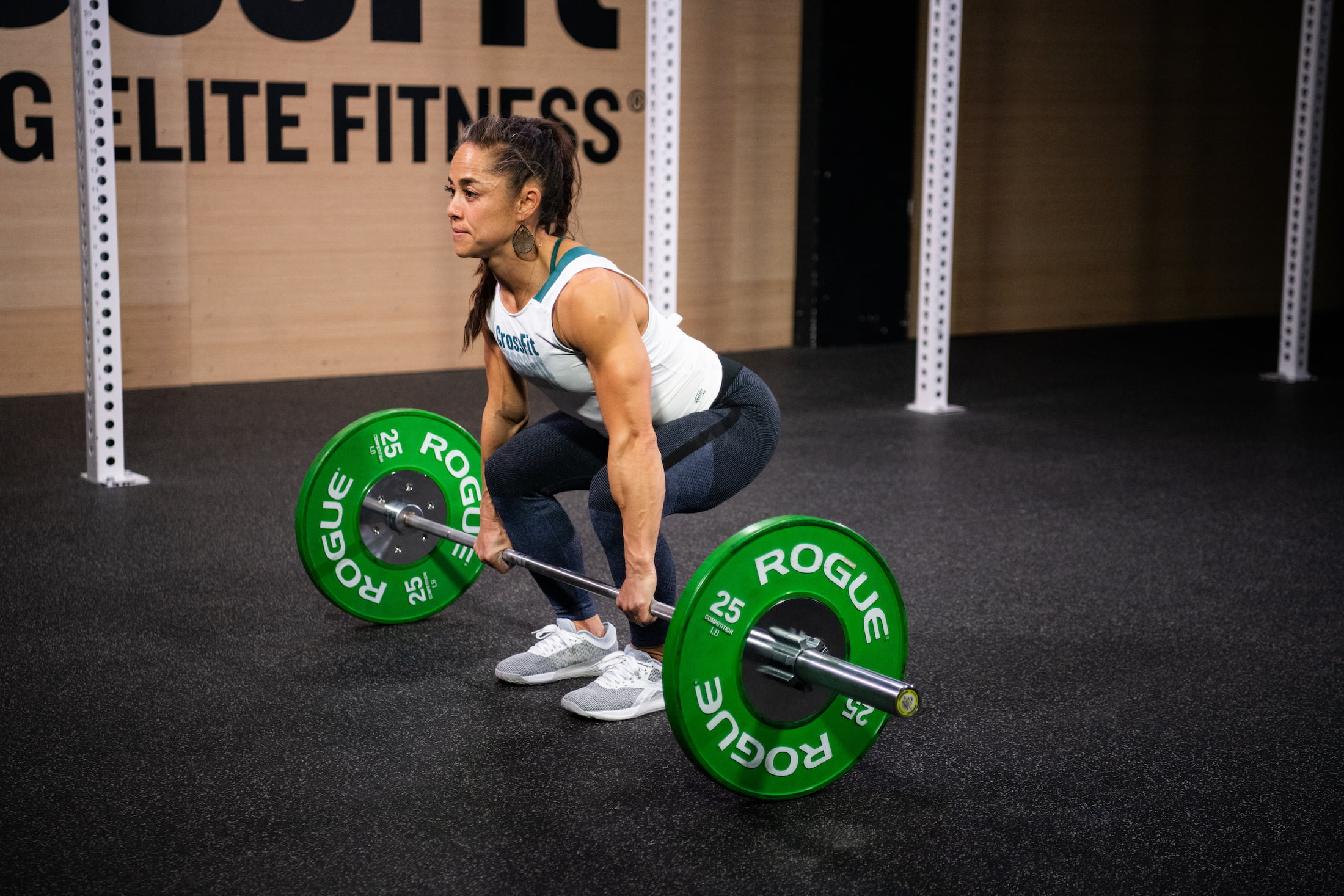Understanding 20kg in Pounds: A Detailed Exploration
Understanding 20kg in Pounds: A Detailed Exploration
When it comes to weight measurements, the need to convert between different units is quite common. One of the most frequent conversions people make is from kilograms (kg) to pounds (lbs). If you’ve ever asked yourself, “How much is 20kg in pounds?” you’re not alone. This article will delve deep into the conversion process, provide useful context about these units, and offer practical applications for understanding weight measurements.

The Basics of Weight Measurement
Before we dive into the specifics of converting 20kg to pounds, it’s essential to understand what kilograms and pounds represent.
- Kilograms: The kilogram is the base unit of mass in the International System of Units (SI). It’s commonly used around the world for measuring weight, especially in countries that have adopted the metric system. One kilogram is defined as being equal to the mass of the International Prototype of the Kilogram, a platinum-iridium cylinder kept in France.
- Pounds: The pound, on the other hand, is a unit of weight used primarily in the United States and a few other countries. The pound is part of the Imperial system, which also includes units such as ounces, stones, and tons. One pound is defined as 0.45359237 kilograms.
Conversion Formula
To convert kilograms to pounds, you can use the following formula:
pounds=kilograms×2.20462\text{pounds} = \text{kilograms} \times 2.20462pounds=kilograms×2.20462
Using this formula, if we want to convert 20kg to pounds, we perform the following calculation:
20 kg×2.20462=44.0924 lbs20 \text{ kg} \times 2.20462 = 44.0924 \text{ lbs}20 kg×2.20462=44.0924 lbs
Therefore, 20kg is approximately 44.1 pounds when rounded to one decimal place.
Why Convert Kilograms to Pounds?
Understanding how to convert between kilograms and pounds can be particularly useful in various contexts:
- Travel: If you’re traveling to the United States from a country that uses the metric system, you might need to convert your luggage weight from kilograms to pounds to avoid excess baggage fees.
- Health and Fitness: Many fitness programs and gyms in the U.S. use pounds to measure body weight and weightlifting progress. Knowing how to convert your weight can help you track your fitness goals effectively.
- Cooking and Recipes: Some recipes, especially those from American cookbooks or websites, might list ingredient quantities in pounds. If you’re accustomed to the metric system, converting these measurements can ensure accurate cooking.
- Scientific Research: In fields such as medicine, nutrition, and exercise science, precise measurements are crucial. Researchers often publish their findings in various units, necessitating conversions for accurate interpretation.
Practical Examples of 20kg in Pounds
To put the conversion of 20kg into perspective, consider some common items:
Luggage: Many airlines have weight limits for checked luggage, often around 23kg (about 50lbs). Knowing that 20kg is roughly 44.1 pounds can help you pack efficiently to stay within limits.
Body Weight: If someone weighs 20kg, they are significantly lighter than average for an adult but might represent a child’s weight. Understanding this conversion can help parents monitor their children’s health against standard growth charts.

Fitness Equipment: If you’re lifting weights in a gym and you see a barbell labeled with weights in kilograms, being able to convert to pounds helps you understand how much weight you’re actually lifting.
Conclusion
In summary, understanding “20kg in pounds” is more than just a simple conversion; it’s about grasping the context of weight measurements in everyday life. With 20 kilograms equating to approximately 44.1 pounds, this knowledge can be applied in various practical situations, from traveling to cooking and beyond. Whether you’re weighing your luggage, monitoring your health, or engaging in fitness activities, knowing how to navigate between these two units can enhance your understanding and effectiveness in numerous activities.
As you continue to interact with measurements, keep this conversion in mind and utilize it as a handy reference for your daily needs!





